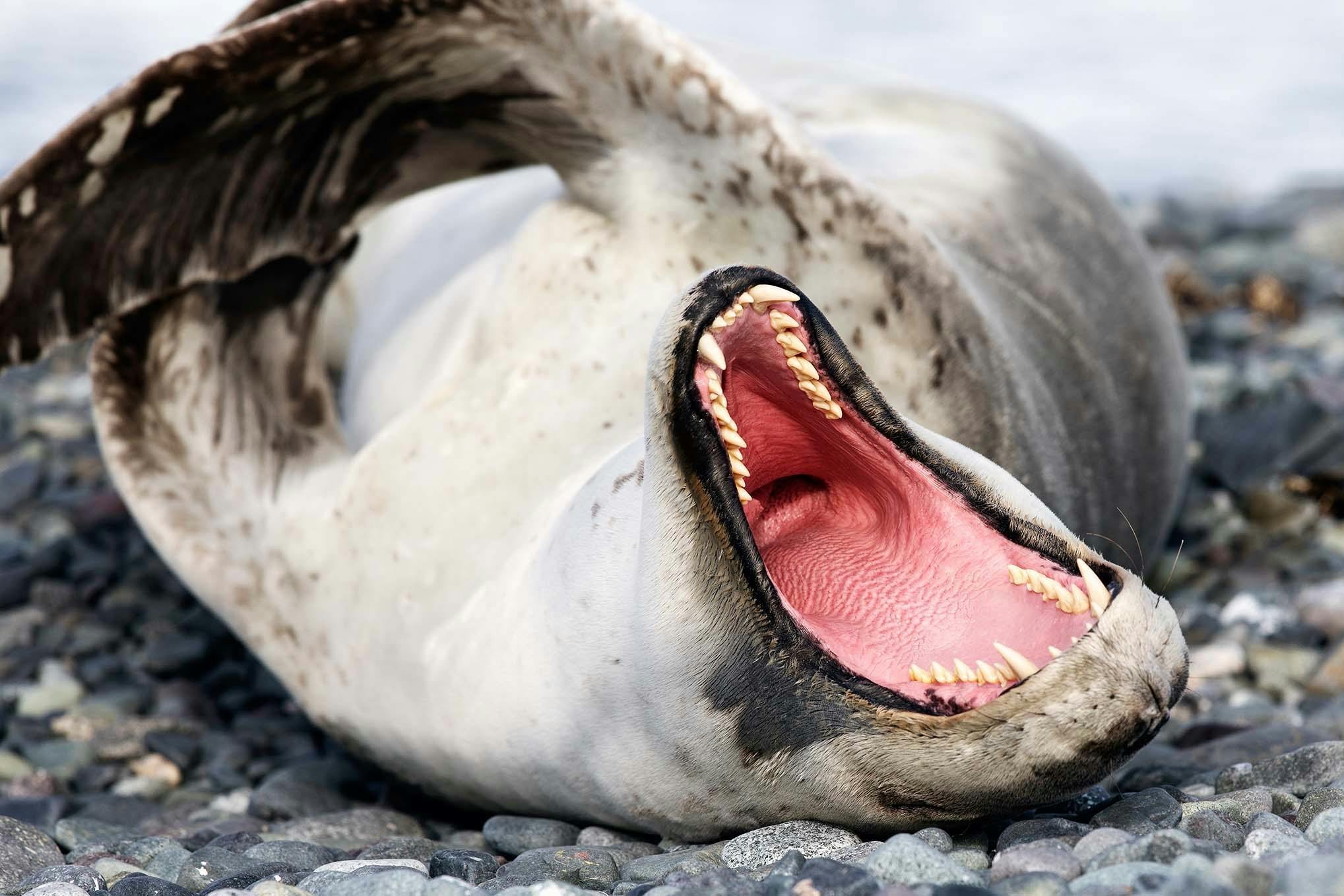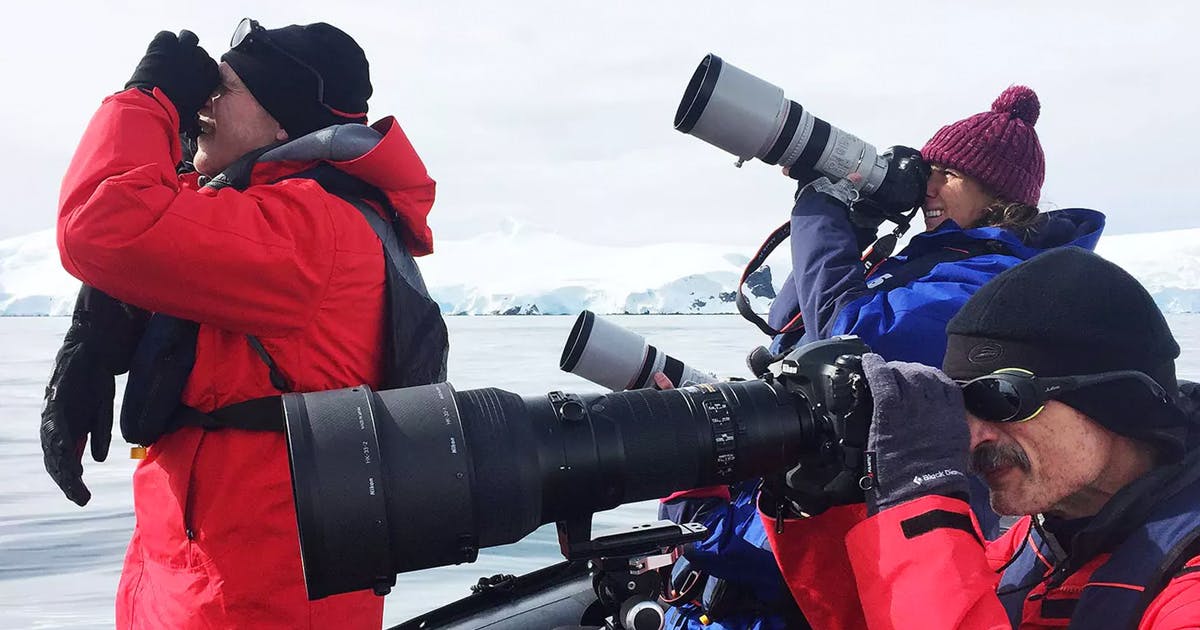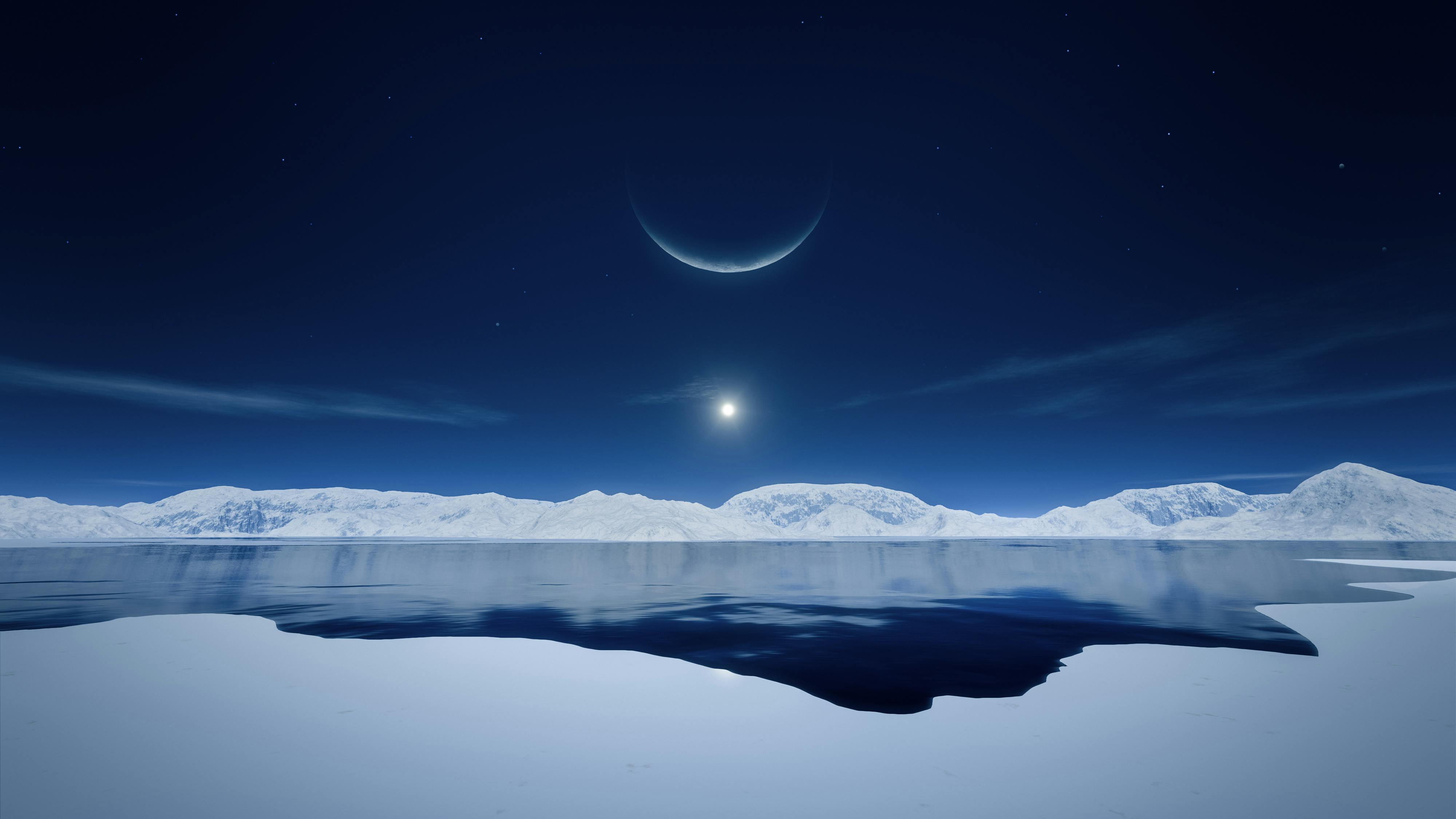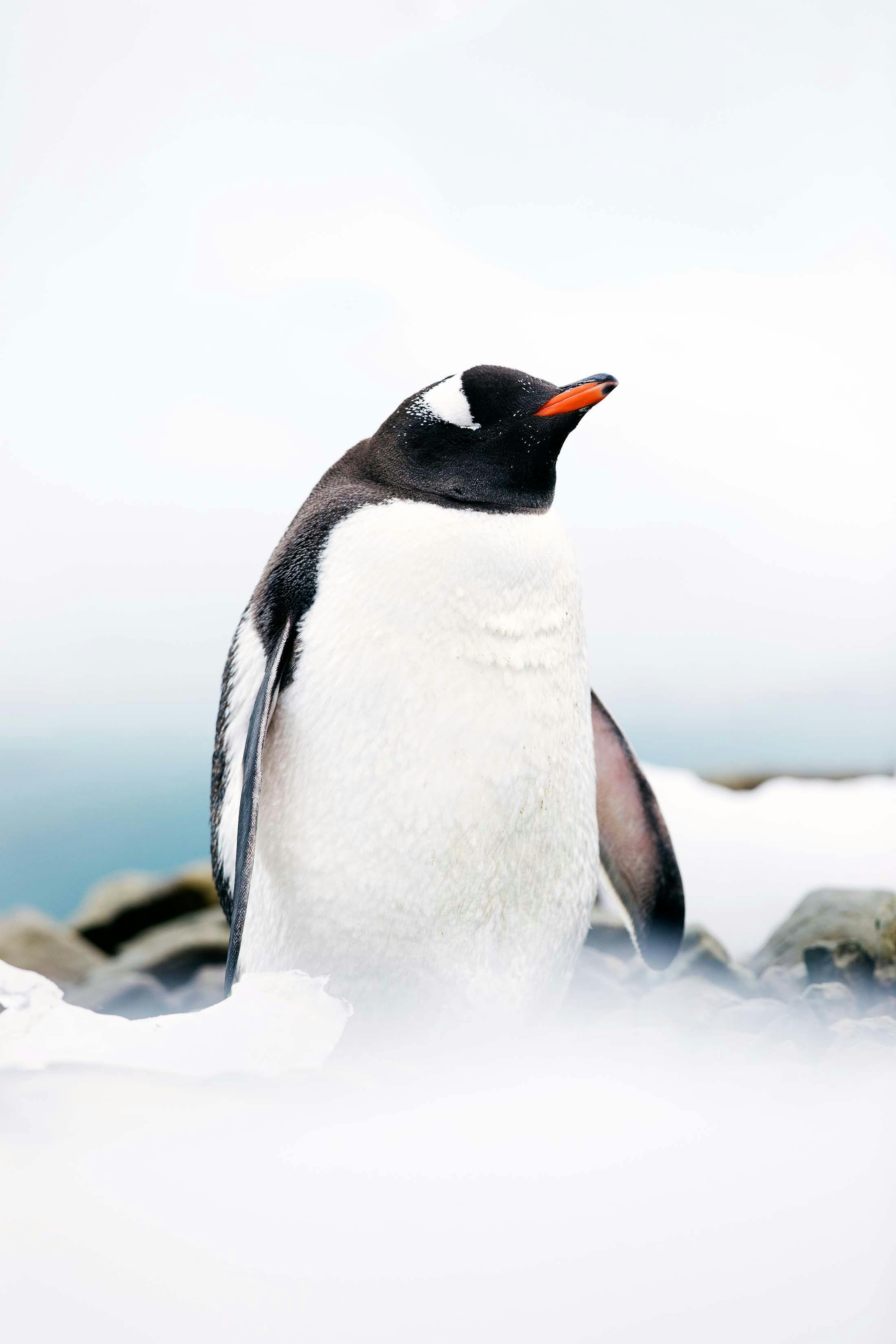Antarctica Photography in the Wild: Expert Tips for Capturing the Creatures of The Ice
Perfectly adapted for extreme conditions, yet facing a perpetual battle for survival, Antarctic wildlife lives on the periphery of existence in one of the world’s most severe ecosystems. Even with its harshest embrace, “The Ice” welcomes approximately 50,000 travelers annually—adventurers and cold-weather camera-wielding enthusiasts who brave the elements to photograph the creatures of this unforgiving environment.
With the summer months, however, comes a period of plenty. Antarctica is bathed in brilliant sunshine, and the surrounding waters are rich in sustenance. The region’s animals are necessarily opportunistic and take the chance to feed: Penguins, orcas, and leopard seals are just some of the many mammals that make an appearance as the hunt for food gathers momentum.
What’s on Offer for Wildlife Photographers in Antarctica?
Equally as opportunistic are the adventurous photographers who benefit from Antarctica’s warmer season by capturing breathtaking shots of rare animals. In what is possibly Mother Nature’s most spectacular photo studio, a seemingly endless expanse of whites, greens and blues provides a photogenic backdrop for the shoot of a lifetime. When the temperatures increase, brush-tailed penguins start responding to the distinct call of their chicks, killer whales rove in pods and bulky seals, which can weigh up to four tons (over 3,600 kilograms), laze on ice floes in the summer sunshine.
Wildlife photography in Antarctica is a beautiful union of art, nature and the science behind animal tracking and art. One must develop an understanding of the unique environment to return from an expedition with an impressive album of wildlife photographs. “It can be challenging,” says Lucia Griggi, an award-winning travel photographer who journeyed to the Lost Continent with Silversea in 2017. Griggi knows the challenges and delights of this isolated wonderland and has advised guests on everything from the best camera for landscape and wildlife photography to how to frame the perfect shot. “Life moves pretty fast in the wilderness of Antarctica: Light, weather, animals, and opportunities. The successful wildlife photographer is prepared and ready to capture the mesmerizing moments that occur with no forewarning, whether it’s a breaching whale or an intimate moment between a penguin and its chick.”

Antarctica Photography Tips Gone Wild
So how can you improve your chances of successfully photographing wildlife in Antarctica? How best to convey the awe-inspiring beauty of what you witness to friends and family back home? Griggi shares her three best wildlife photography tips and tricks:
1. Have Patience
“Animals are unpredictable. No matter how stunned you might be at the sight of a breaching humpback whale, you must remain composed to photograph the moment. As your subject moves, study it. Learn to understand its movements, and you’ll get a feel for the way in which its personality can help create a compelling shot. You’ll be rewarded. One afternoon, I fell short and lost patience, which cost me a special photograph. I was in a Zodiac on my way to the Esperanza base when I noticed a leopard seal circling an ice floe, hunting for penguins. I sat patiently for roughly 20 minutes, anticipating action, before leaving to head back to the ship. As I turned to depart the scene, I saw the seal jump dramatically onto the ice floe from the corner of my eye. I was unprepared and missed the shot. The moment filled me with terror and got me thinking about the fight for survival in such an extreme environment; I regret not waiting longer to capture the action.”
2. Sometimes, It Pays to Include Landscape
Having the right Antarctica photography gear can make all the difference between “I was there” photos and jaw-dropping visual storytelling. “I always have the option of a wide angle with me, especially because these lenses are smaller so you can keep them in your pocket or have them in your backpack,” Says Griggi. “If you wanted to shoot wildlife with this lens, you would also get landscape in the shot. One evening, I was in the dining room when excited whispers spread of a whale sighting. I rushed to the aft deck with my wide-angle lens, with the hope of capturing a whale fluke in situ. I was amazed to see many different humpback whale pods following the line of the ship, with the sun gleaming behind! Whales can quickly submerge, so it was important to be prepared with my framing already in mind. Incorporating the scene’s context into the shot captured the majesty of what I was seeing. I’ll never forget that moment!”

3. Invest in a Telephoto Lens
Have you brought the best lenses for Antarctica and its denizens? “A good telephoto lens can help you to safely take high-quality photos of the wildlife you’re bound to see when in Antarctica,” Griggi affirms. I favor the Canon 300mm 2.8 prime lenses because it’s hand-held and light, which is essential when on an expedition. Aside from enabling you to take detailed photographs of the amazing wildlife, using the right photography equipment for Antarctica is a great way to avoid the pain of sifting through hundreds of photos to find your perfect shot. This is because a telephoto lens gives you a narrower field of view and enables you to isolate colors, which yields spectacular results. I was photographing a leopard seal early one morning, as it rested in peaceful surroundings. The seal yawned and revealed all its teeth. Thanks to my telephoto lens, the animal’s bright red mouth appeared to be so vivid in color against the snow-covered backdrop. In the photo, you can count all of his razor-sharp teeth and even his whiskers, even though I was stood roughly 25 feet (7.5 meters) away.”

And there’s one more tip that Griggi wants to share. Sometimes the best camera you have is the one that’s with you. “A smartphone can also be used as a pro tool. When it comes to shooting ultra wide angles a phone can be a great tool to get pin sharp images in a great wide frame.”



















